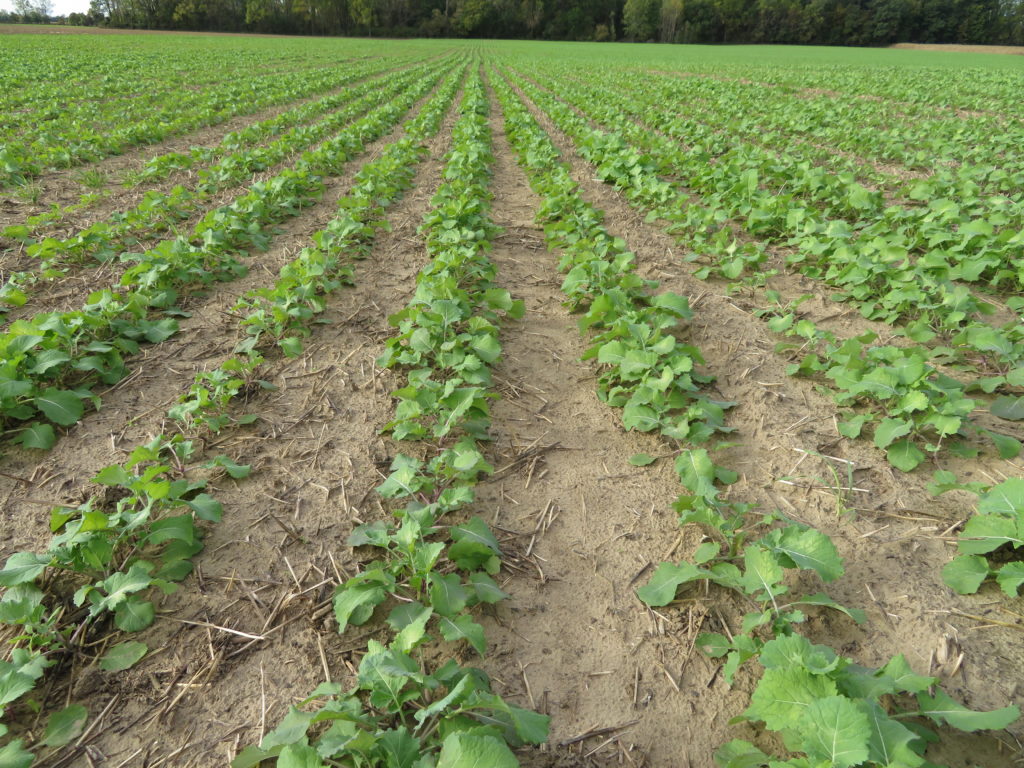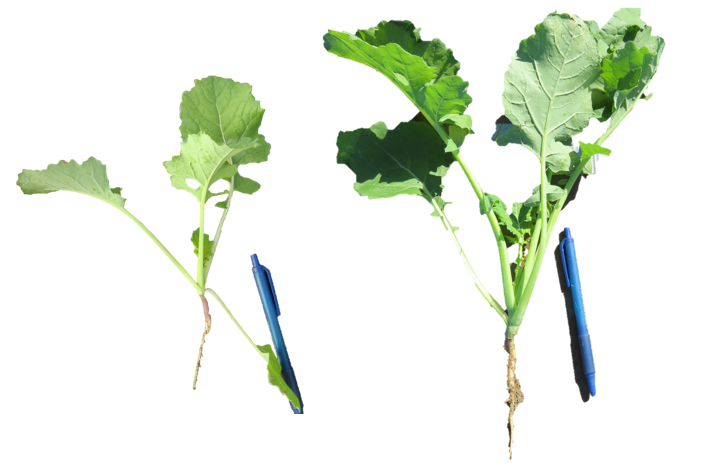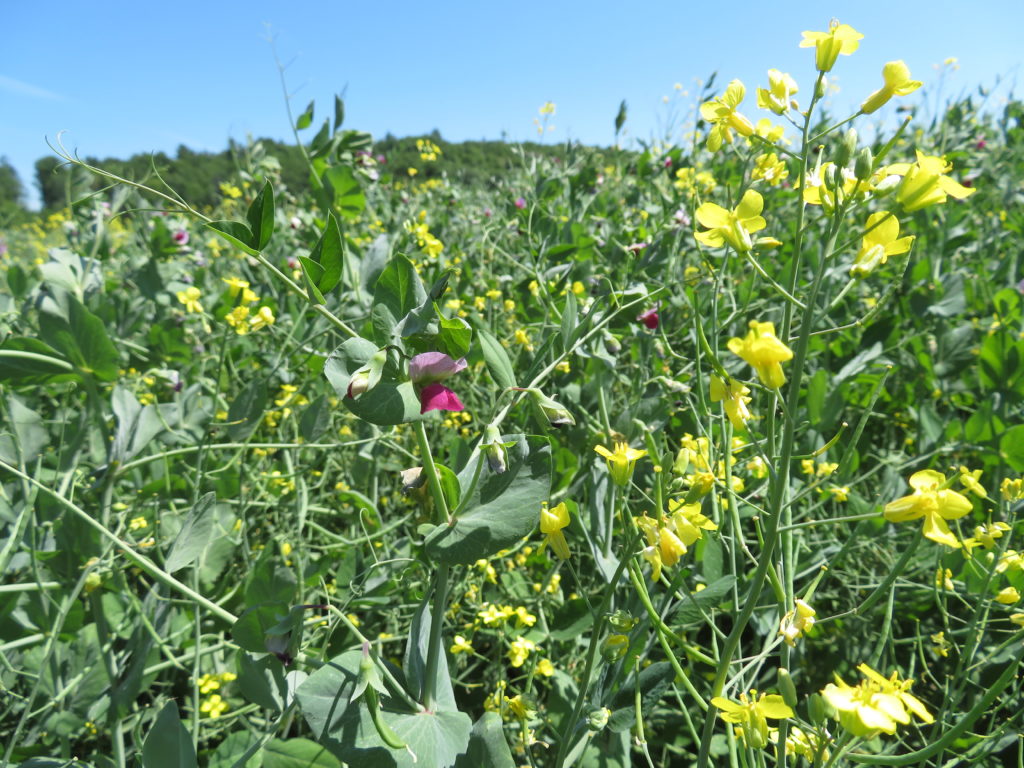2020 Canola Yield Challenge: An Interview with the Winners

Ontario spring and winter canola growers share how they produced high yielding spring and winter canola crops. 0:00 4th Place – Dave Schill 19:30 3rd Place – Hunter Family 42:10 2nd Place – Nathan Overloop 57:36 1st Place – Toll Family Music from bensound.com […]












